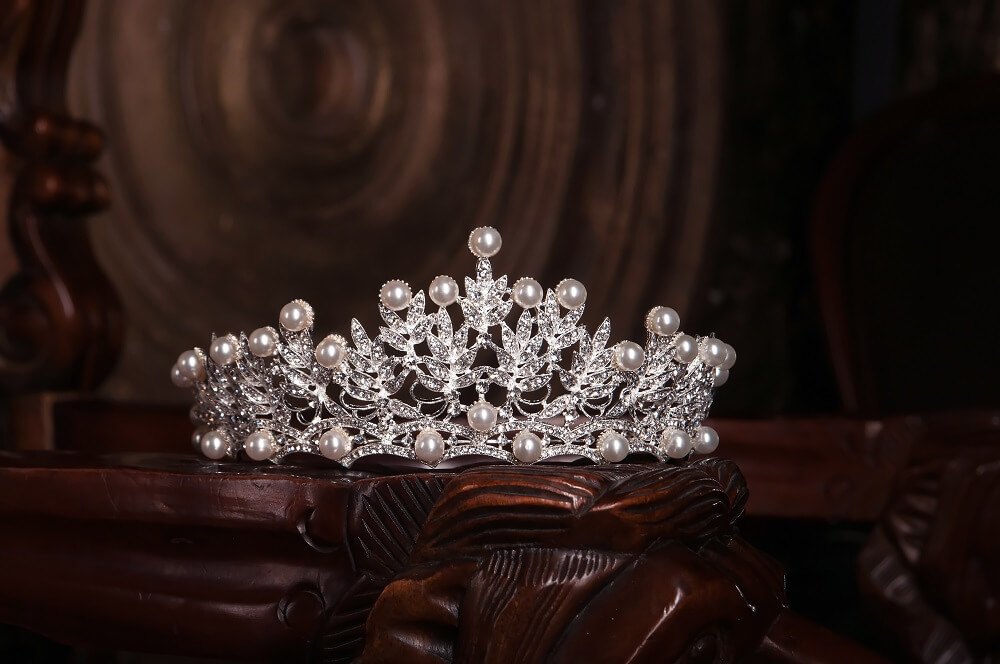Use of Royal emblems on souvenirs
Souvenir manufacturers need to ensure that consumers are not misled into believing that the Royal Family has commissioned or otherwise endorsed their souvenirs. A breach of the rules, contained within section 99 of the Trade Marks Act 1994, can result in a fine of up to £500, as well as the products being removed from sale. Section 12 of the Trade Descriptions Act 1968 goes further, prohibiting sellers from giving any false indication that they have Royal approval, with a fine of up to £400 and a potential prison sentence.
The Lord Chamberlain’s office gives consent on behalf of the Royal Family for the use of signs containing Royal marks and sets out some general guidelines on what is permissible. Following usual custom, it has relaxed these rules temporarily for the upcoming wedding. The relaxation allows commercial use of Prince Harry’s Coat of Arms and approved photographs of the couple on souvenirs. These items must be permanent in nature and specifically designed for the occasion, incorporating a commemorative phrase to that effect. They should also be:
(i) In good taste;
(ii) Free from advertisement; and
(iii) Carry no implication of Royal custom or approval.
Notably, not all textiles qualify as souvenirs: only carpets, cushions, wall hangings and head scarves. For those selling commemorative t-shirts or tea towels, this means that there is no guarantee of immunity against legal action by the Royal Family.
The approved photographs can be obtained from photographic agencies, but use of the official engagement photos is prohibited. Likewise, Prince Harry’s Coat of Arms cannot be used on containers or packaging.
International sellers need to consider local laws and treaties governing the use of Royal emblems abroad.
Businesses should be aware that section 55 of the Companies Act 2006 makes it an offence to include certain words within their company name, such as Royal, King, Queen, Prince, Princess, His or Her Majesty, without approval from the Secretary of State.
Use of Royal images in advertising
The Advertising Standards Authority provides specific guidance on the use of Royal images in advertising (see also its recent FAQs on the upcoming wedding). In general, unless you are advertising a book or an article about a member of the Royal Family, you should neither show nor mention members of the Royal Family in advertising without permission. As with all advertising, the souvenir product should be accurately depicted to avoid misleading consumers.
Registering Royal emblems as trade marks
Any attempt to register a mark which consists of or contains one of the specially protected emblems listed in section 4 of the 1994 Act will receive an objection from the UK IPO. The list of Royal emblems is as follows:
a) The Royal arms;
b) Representations of the Royal crown or Royal flags;
c) Representations of members of the Royal Family;
d) Words, letters or devices likely to lead people to believe that the applicant has Royal patronage or authorisation.
To overcome such objections applicants will need to secure consent from the Lord Chamberlain’s office.
How strictly are the rules enforced?
With regards to trade mark applications, the UK IPO does issue objections to those containing a Royal emblem. The only way around this is by securing consent. However, this will require the applicant to add a limitation to their application, and sign a consent agreement based on standard wording, often including a condition that the goods or services are of a certain quality. This is a commercial contract, so applicants should carefully consider whether use of a Royal emblem is necessary for their branding.
However, those selling souvenirs are more likely to use Royal emblems on their products than they are to apply for a trade mark. Crucially, the UK IPO has no involvement in relation to the use of Royal emblems and the Royal Family’s control is more limited. In practice, the Royals are also unlikely to take action against souvenir manufacturers: it is in their interest for the public to celebrate the Royal wedding and for the economy to benefit from the event. Whilst this does not preclude action being taken when the rules above are breached, it does reduce the commercial risk.
This article first appeared in Intellectual Property Magazine here.


